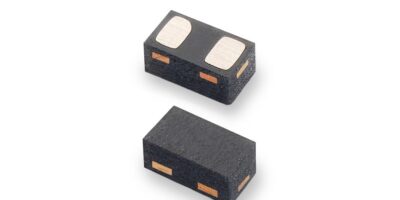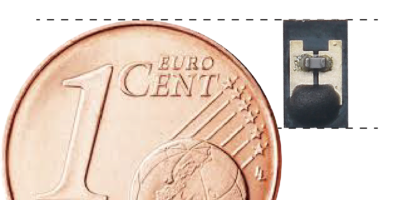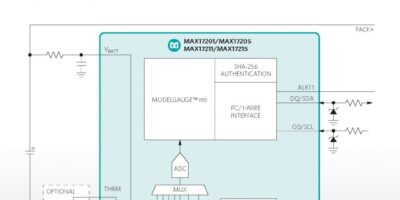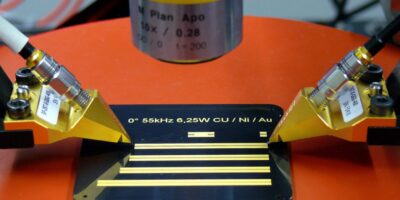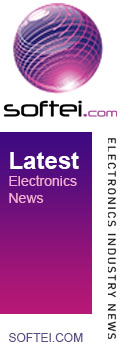Bidirectional discrete TVS diode arrays in the SP1026 series are designed specifically to protect sensitive electronic equipment from damage due to electrostatic discharges (ESD). Littelfuse uses Zener diodes fabricated using a proprietary silicon avalanche technology to protect each I/O pin to provide a high level of protection against ESD. The robust, general-purpose diodes can absorb repetitive ESD strikes at ±30kV (contact discharge, IEC 61000-4-2) without performance degradation, says the company. Each diode can dissipate 5A of 8 or 20micro sec surge current (IEC61000-4-5) with very low clamping voltages.
Wearable
NFC tags and transceivers combine for IoT applications
Using STMicroelectronics’ ST25 NFC tag IC for IoT data transmission application, Securitag Assembly Group (SAG) has announced the NFC Ferrite Tag. It is small, light, and thin, and can be surface-mounted during production through the metal pad that can be directly soldered to the PCB surface.
Fuel gauge eliminates battery characterisation to speed time to market
Incorporating an algorithm that converts raw measurements like battery voltage, current and temperature in state of charge (%), absolute capacity (mAhr) and time-to-empty, time-to-full (while charging) values, the ModelGauge m5 standalone fuel gauge has been announced by Maxim Integrated.
LDS technique shapes up for next-gen wireless antennae
In co-operation with the Institute of High Frequency Technology and Radio Systems (Institut für Hochfrequenztechnik und Funksysteme, HFT) at Leibniz University of Hannover, the LPKF Laser Direct Structuring (LDS) technique is currently being evaluated for suitability for next-generation wireless applications. Early indicators are that LDS technology is applicable for antennae in the millimeter-wave frequency band, e.g. 5G wireless technology or for automotive sensors.
About Weartech
This news story is brought to you by weartechdesign.com, the specialist site dedicated to delivering information about what’s new in the wearable electronics industry, with daily news updates, new products and industry news. To stay up-to-date, register to receive our weekly newsletters and keep yourself informed on the latest technology news and new products from around the globe. Simply click this link to register here: weartechdesign.com


